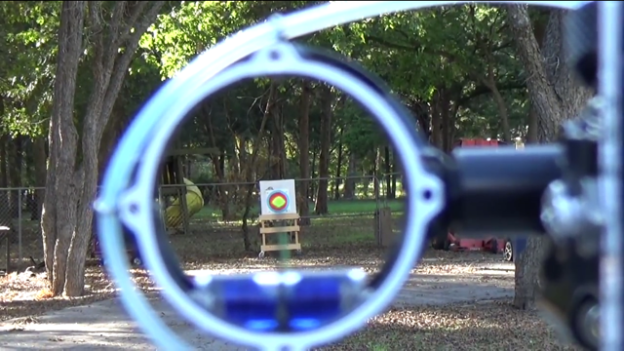Recently I was out shooting with a friend of mine and as we were pulling our arrows from the target he said, ” Man I wish I could hold my pin that steady. It must never move at full draw.” But in actuality, that’s far from the truth. What this got me to thinking about is the big misconception in what aiming actually is. The process of it, what a desired sight picture is, and the mind set behind it all. So with this entry I’m going to break each one of those segments down and go more in depth with each and try to debunk some myths about it all in the process. Continue reading

